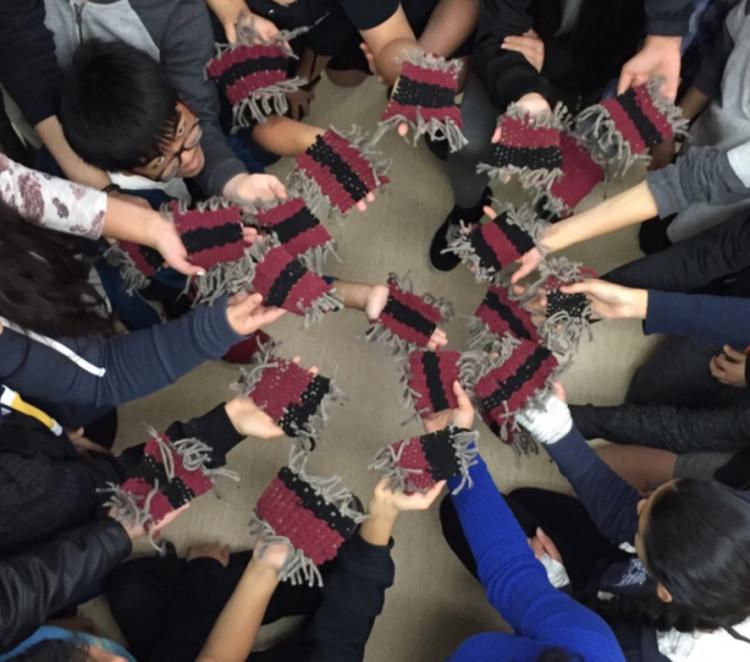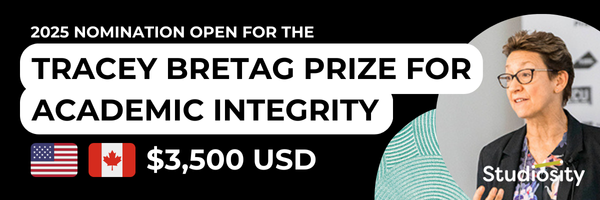
Grade 7 students at Berkshire Park Elementary learn to weave with First Peoples in Residence, one of the many ways Aboriginal learning is incorporated in the classroom. This month, Surrey Schools celebrates National Indigenous History Month.
June is National Indigenous History Month, and Surrey Schools is celebrating the rich heritage of Indigenous peoples in Surrey, White Rock and across Canada.
Surrey and White Rock are on the shared, unceded, traditional territory of the Katzie, Semiahmoo and Kwantlen Nations, but only a handful of the district's 3,200 Aboriginal students come from those nations. It is essential for districts to work closely with Indigenous leadership and we recognize the important work of Chief Grace George (Katzie), Chief Harley Chappell (Semiahmoo) and Chief Marilyn Gabriel (Kwantlen).
The district's Aboriginal population is as diverse as the overall student population.
"We have Squamish kids, Gitxsan kids, Haida kids, Inuit kids - we have lots of Métis, lots of Cree and then a scattering of kids from all over," said Gordon Powell, District Principal of Aboriginal Learning. "My background is Mi'kmaq on my mom's side, and every once in a while, I'll meet a Mi'kmaw student."
This year marks the 11th anniversary of National Indigenous History Month, following its creation in 2009 in a unanimous motion in the House of Commons. June 21 also marks National Indigenous Peoples Day, to recognize the contributions of First Nations, Inuit and Métis peoples to Canadian history and diversity.
Lyn Daniels, Director of Instruction for Aboriginal Learning, said in the current era of Truth and Reconciliation, it's more important than ever to acknowledge Indigenous history.
"If you just start with an acknowledgement statement, there are so many places you can go with that," she said. "We acknowledge because history has tried to ignore us, to erase us, and by acknowledging, we're saying, 'We're still here.' We're talking back to history too, that we're going to be here."
As part of the curriculum, Indigenous history and culture are referenced in every subject and grade level, from social studies to language arts to science. Additionally, many schools showcase Indigenous artwork, such as welcome poles, murals and paddle carvings that encourage a strong connection to Indigenous roots.
"They really help students understand that the Indigenous presence is not just a chapter in a textbook or a lesson on a particular day," said Powell. "It's part of what it means to be here in Surrey, in B.C., in Canada, that Indigenous reality is just part of what it means to be Canadian."
While Indigenous history predates Canada by thousands of years, Powell said it's important to teach about Indigenous cultures not solely from what they were like historically, but to include what they are today.
"It's easy to fall into that stereotypical view of, 'Who is an indigenous person and what are they,' but Indigenous people are all around - we're everywhere, and yet we have our own connection to our own community and our land, but we still have a foot firmly in the 21st century," he said.
"There is no future for Canada without Indigenous people. There is no Canada without Indigenous people. Aboriginal education is really Canadian education."












